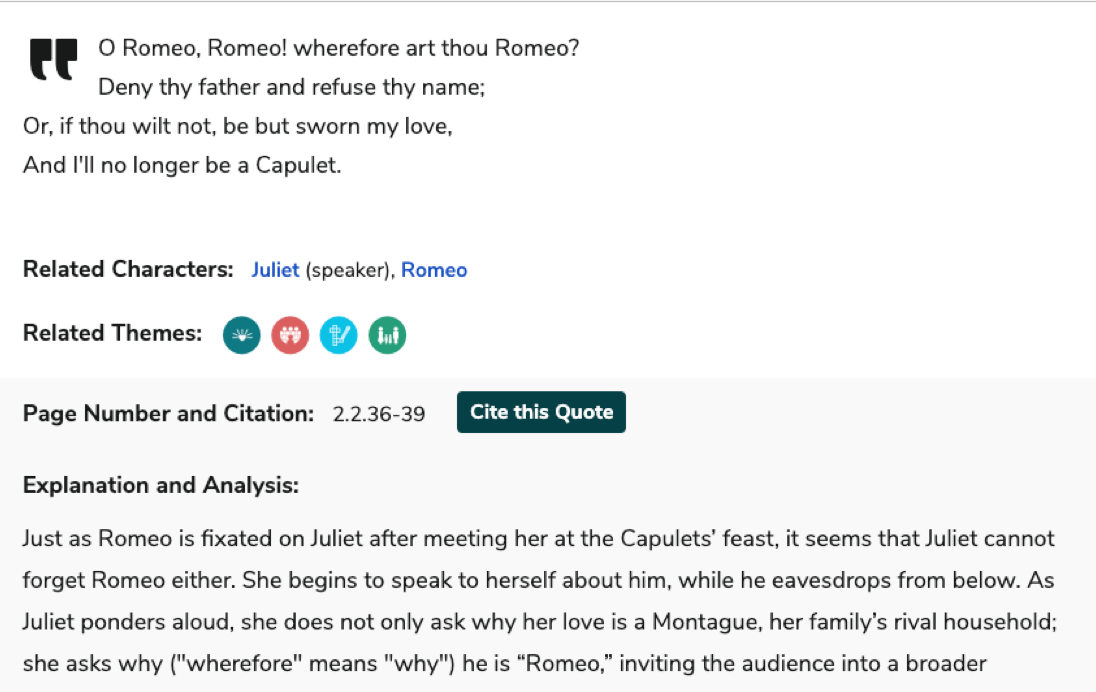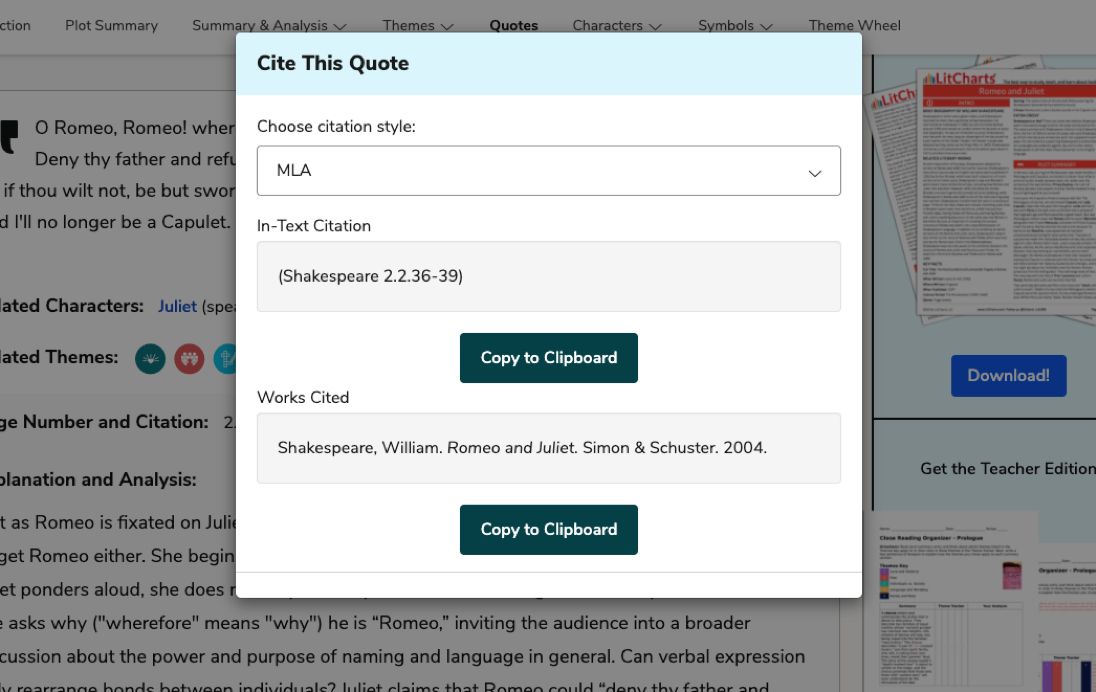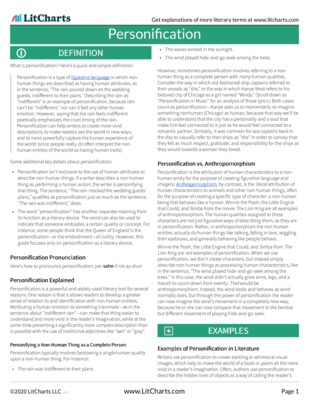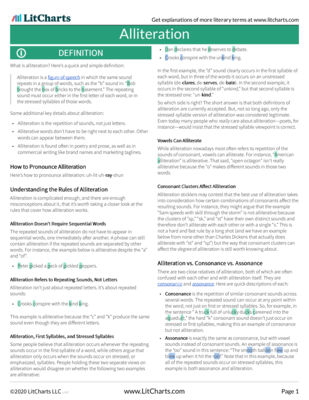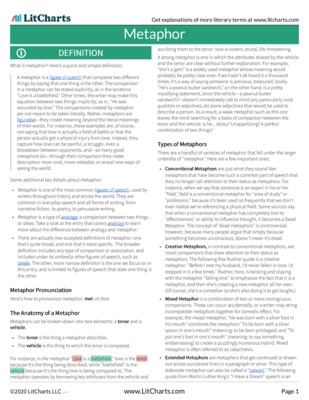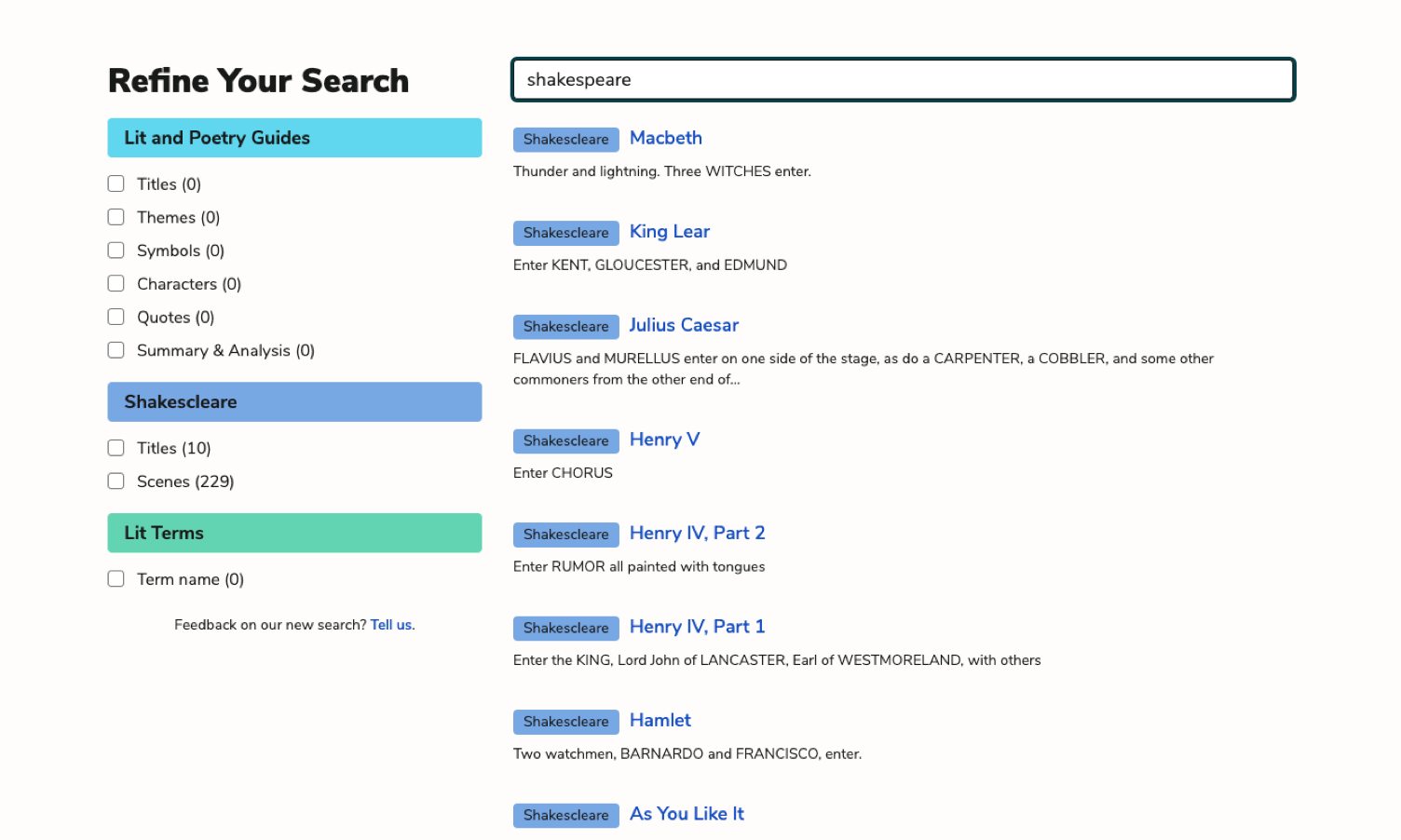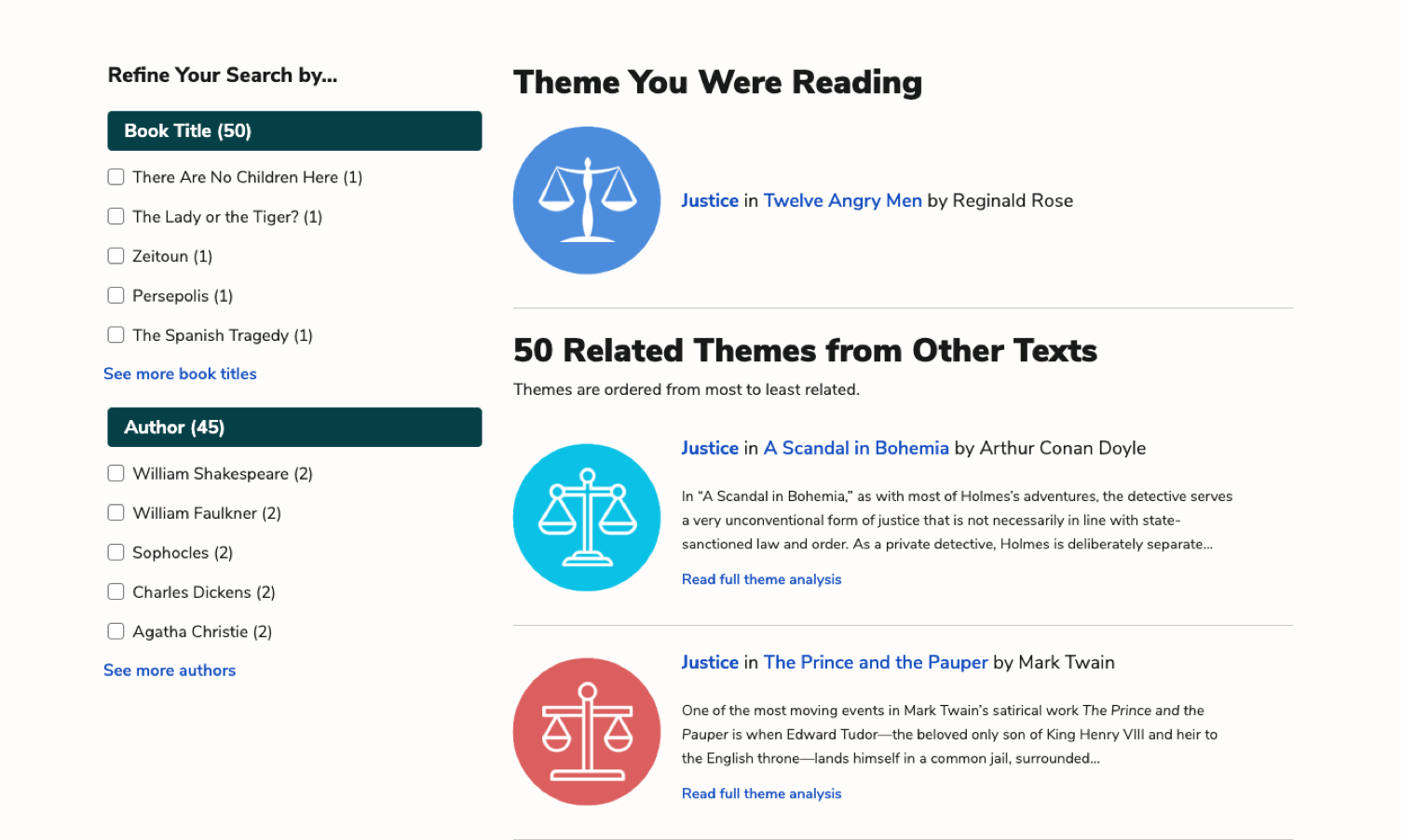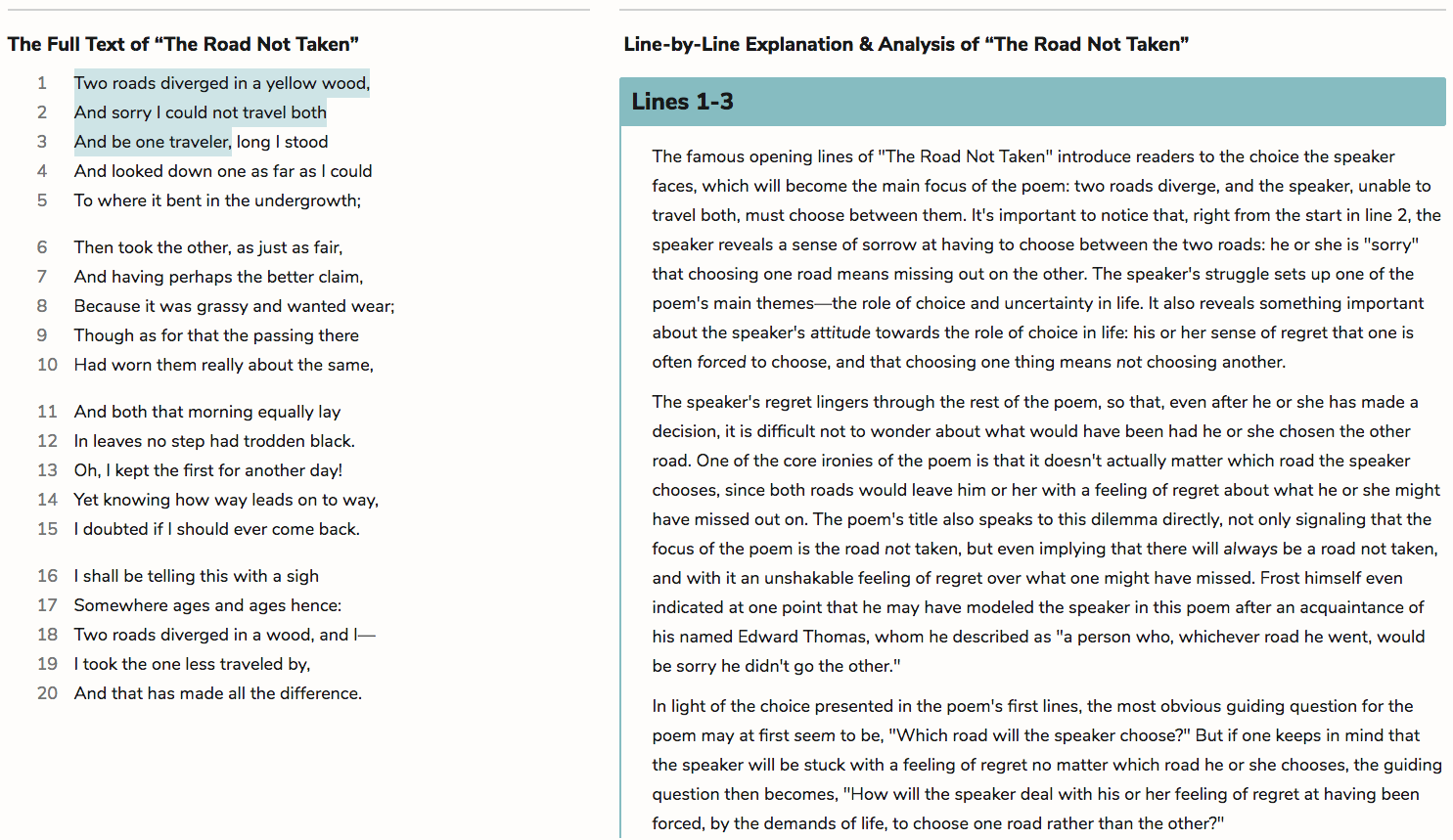- All's Well That Ends Well
- Antony and Cleopatra
- As You Like It
- The Comedy of Errors
- Coriolanus
- Cymbeline
- Hamlet
- Henry IV, Part 1
- Henry IV, Part 2
- Henry V
- Henry VI, Part 1
- Henry VI, Part 2
- Henry VI, Part 3
- Henry VIII
- Julius Caesar
- King John
- King Lear
- Love's Labor's Lost
- A Lover's Complaint
- Macbeth
- Measure for Measure
- The Merchant of Venice
- The Merry Wives of Windsor
- A Midsummer Night's Dream
- Much Ado About Nothing
- Othello
- Pericles
- The Rape of Lucrece
- Richard II
- Richard III
- Romeo and Juliet
- Shakespeare's Sonnets
- The Taming of the Shrew
- The Tempest
- Timon of Athens
- Titus Andronicus
- Troilus and Cressida
- Twelfth Night
- The Two Gentlemen of Verona
- Venus and Adonis
- The Winter's Tale
Dorè, who falsely declares himself a “university graduate” and proclaims his adherence to Gandhism early in the book, laughs before uttering this line when Rangamma suggests that Gandhi’s salt march will succeed without the Mahatma needing to even reach the ocean. To protest a British salt tax, Gandhi and his followers were marching to the sea in his western home state of Gujarat to make their own salt. The Kanthapura villagers eagerly await news of the Mahatma’s arrival, telling stories and making predictions about him much as they gathered to discuss ancient Hindu epics and scriptures early in the book…

